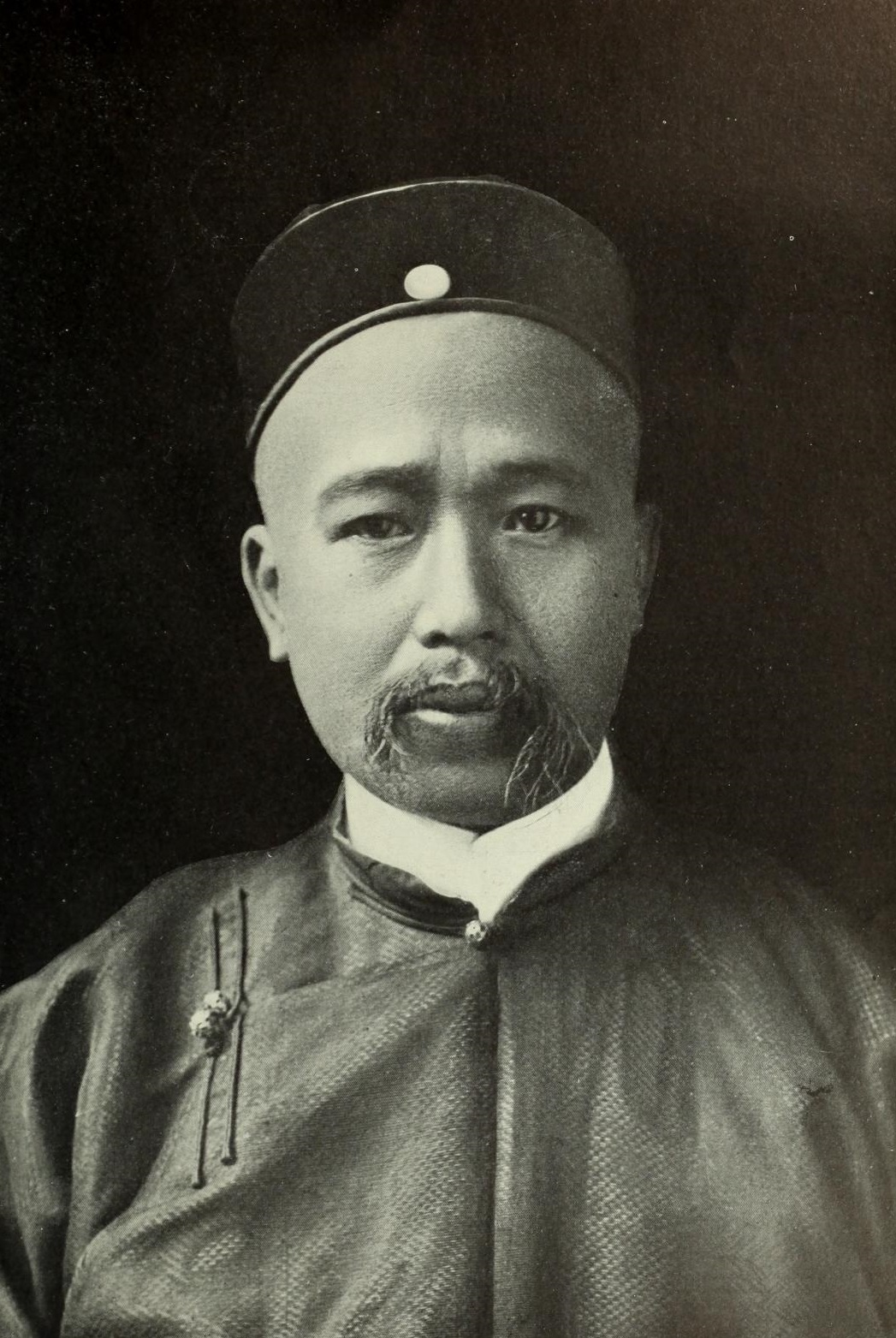
Today, the pertinence of Kang Youwei relevant figure and the historical role he played in China during the turbulent years between the 19th and 20th century, is no further object of discussion. Kang Youwei, who came from a family in which some of his members served the country as government officials, has often been at the centre of academic debates for his political activities and for the philosophical content of his writings. Amongst Kang Youwei’s characteristic traits, there was a vast and heterogeneous cultural formation, derived by his widespread interest towards different fields of human knowledge, learned from the disciplines and the writings of the western world and from the more traditional kind of culture tied to his native homeland. In China, as it is well-known, the cultural level of a person was also judged on the basis of the depth of his calligraphic education, thus, his inherent knowledge for this type of visual art, that over the centuries had developed a strong bond with the scholarofficials. Throughout his life, Kang Youwei, has dedicated time and energy to the art of calligraphy, acquiring a ample theoretical and practical knowledge, later merged in his compendium published in 1891, entitled Guang yi zhou shuang.
Even in its complexity and through different ob-servation levels, Guang yi zhou shuang ji, struc-tured in twenty-seven chapters compounded in six books, presents itself like a work of criticism to calligraphy, putting in evidence Kang Youwei’s approach towards this art which many considered essentially theoretical. Nevertheless, he produced an enormous amount of calligraphic works; creat-ed a personal and characteristic style, and en-tered, by rights (most of all for his theoretical competence), in that circle of experts and art con-noisseurs, who, since the middle of the Qing dyn-asty, tried to inject into calligraphy new vital lymph derived from the more ancient calligraphic tradition – like those of the stone tables dating back to the Jin (265–420) and Northern Wei dyn-asties (386-535) – that, in the course of history, found themselves ruled out of the process of es-tablishing the calligraphy classical tradition al-ready described by Ledderose.
…
…
Published in Political Reflection Magazine Vol. 3 No. 1




